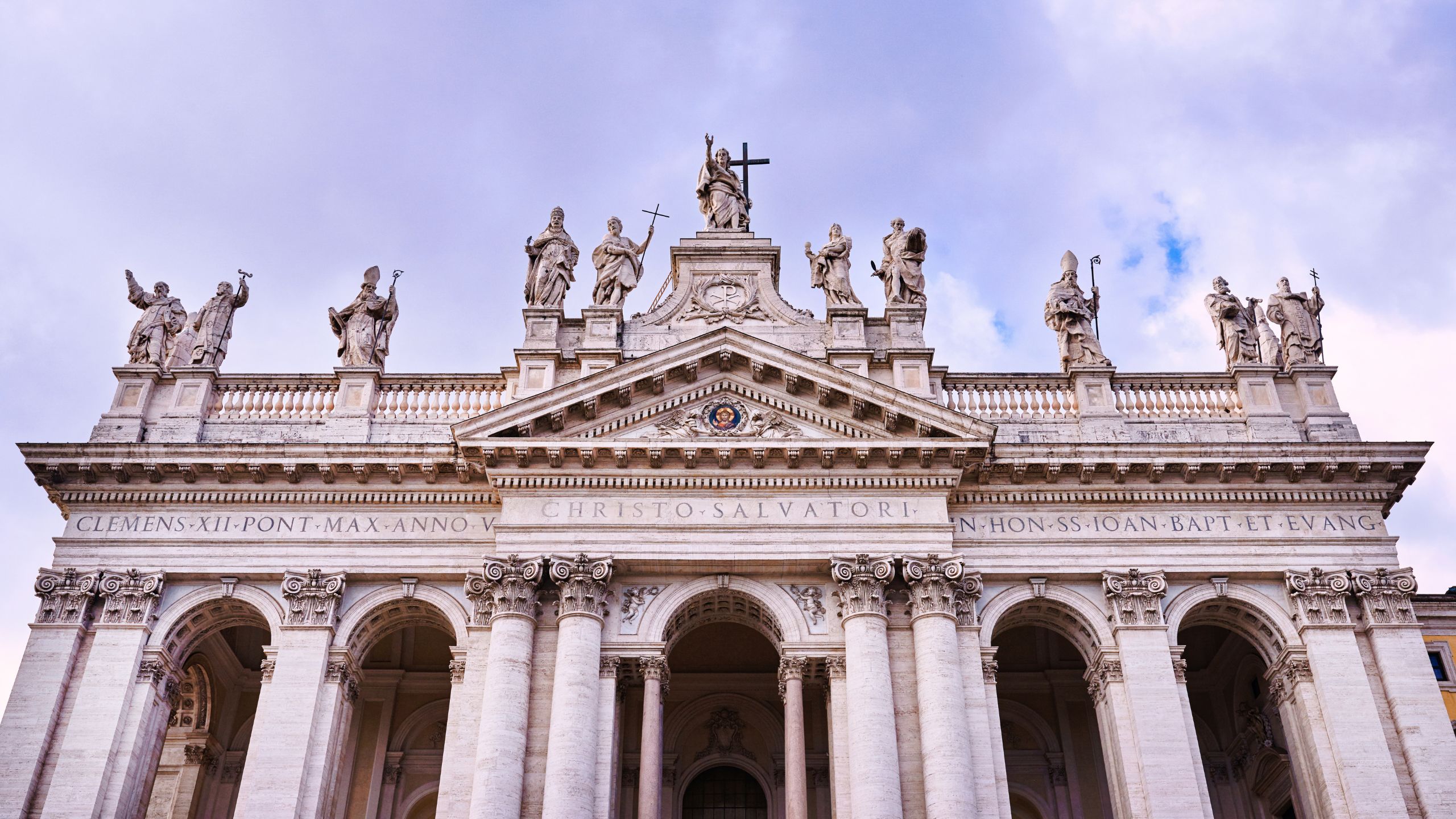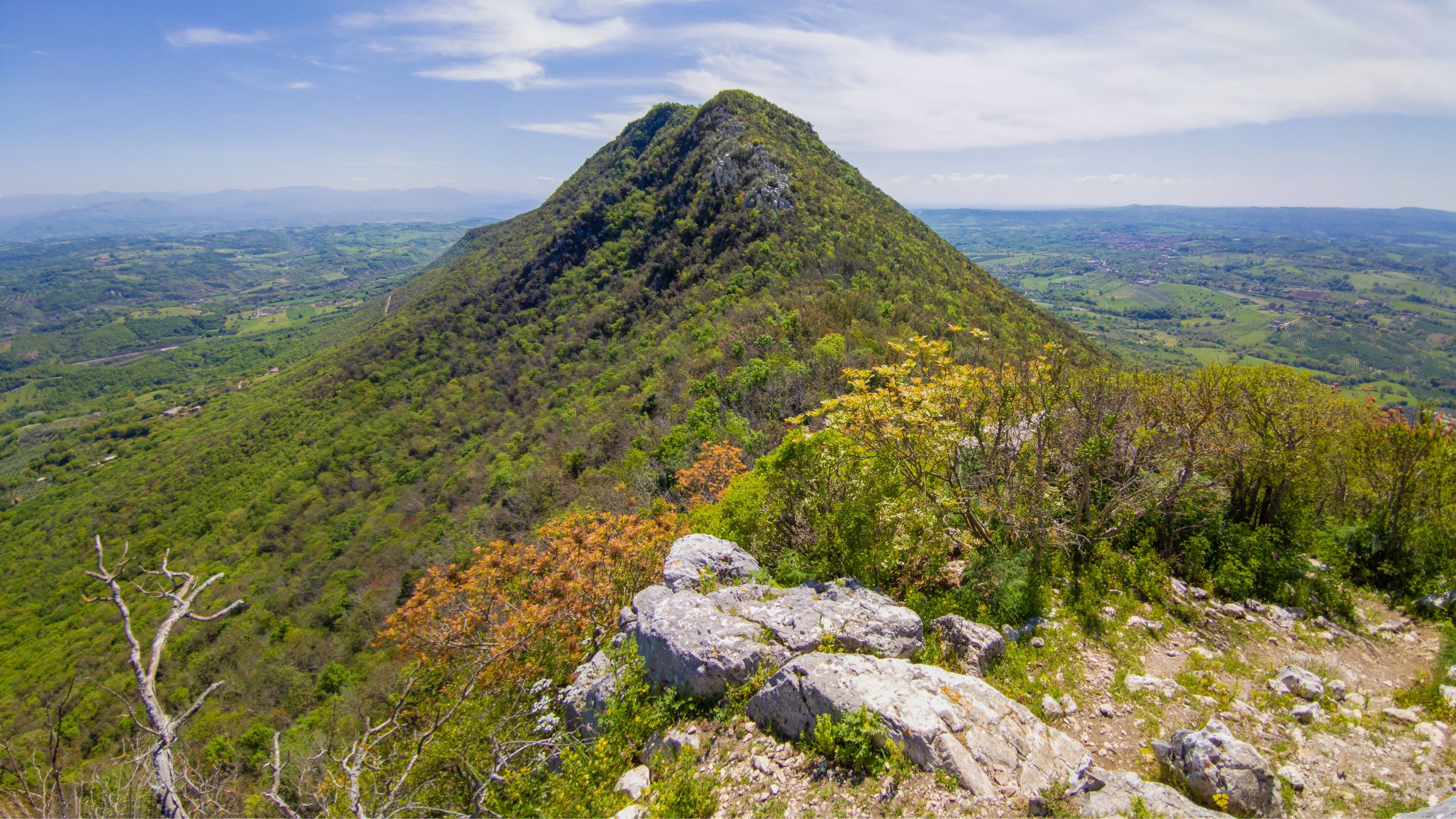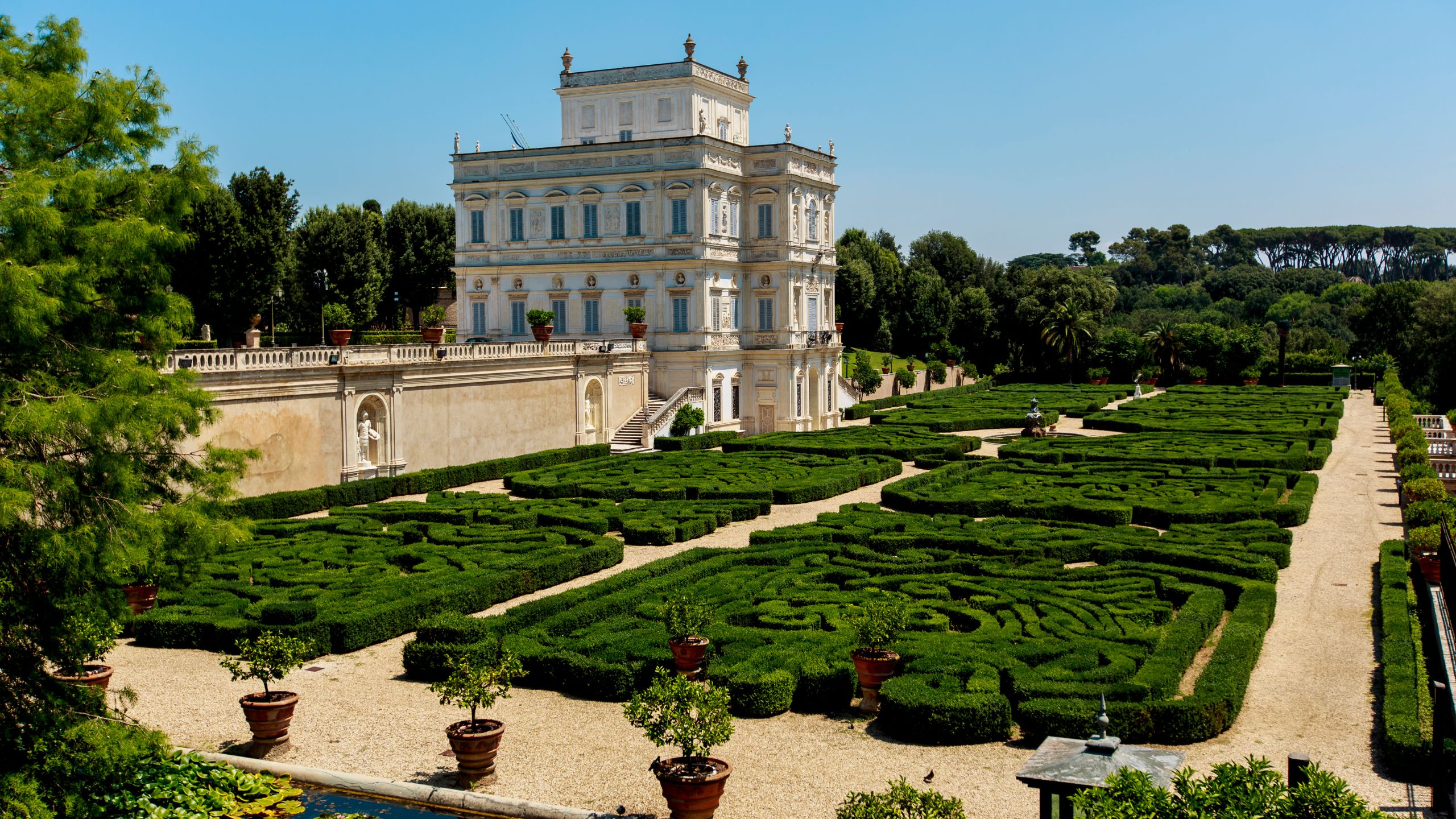The legend of the Wolf and Rome’s birth
The commonly recognized symbol of Rome is the Wolf breastfeeding the twins Romolo and Remo, as the legend talks about them concerning the most beautiful and fascinating city of the world.
According to tradition, Rome’s birth took place on 21st April 753 BC, in the second half of the VIII century.
Its origins come from historical, but also legendary and mythological elements, by famous classic authors works, such as Varrone.
The exact date is just a convention, as Varrone published it, according to some astrological calculations made by his friend Taruzio, during the I century BC, today celebrated as Rome’s Christmas.
Greek origins of Rome
Talking about the legendary foundation of Rome, it refers to the genealogy of the twins, Romolo and Remo, apparently descendents of Aeneas, Virgilio’s Aeneid’ hero. The journey Aeneas did started by Troy destruction. Trojans were kidded by the famous horse, hiding the enemies in its belly, but Aeneas saved his father Anchises and his son Ascanio. After having been sailing along the Mediterranean sea, Aeneas landed on the Lazio coasts, near Ostia.
The king’s name was Latino, and he had a very beautiful daughter, Lavinia: Aeneas fell in love with her, and lately married her.
So they founded Lavinio city – what we currently call Pratica di Mare – to honor his loved wife, who gave the name to the famous Alba Longa, founded by Ascanio’s heir, 30 years later.
This is just the beginning of the legend.
Rea Silvia and the twins
Rea Silvia, Numitore’s daughter, was moved into a vestal by her uncle Amulio. Amulio’s aim was clear: the vestals had to be pure, so he had to be the only one heir.
Rea Silvia was so beautiful that not even Mars could resist her. He fell in love with her, he had her, and she gave birth to Romolo and Remo. The vestal, even after having broken the purity vote, didn’t get burnt – as law pretended – because she was part of a real family, but she got imprisoned. Amulio ordered to drown the twins in the Tiber, but the servant appointed to do it – compassioned - left them in a basket on the river border. The basket reached an area near the Velabro, a marshland not far from the Campidoglio, where a wolf saved them, after having lost its puppies.
Maybe the Wolf wasn’t an animal, but a prostitute. Those women were called lupae - wolves -, naming the lupanari, the brothels.
The legend tells the wolf was an animal sacred by Mars, so that his children got the protagonists of a so excellent rescue.
A pig farmer – Faustolo, employed by Amulio - found the twins, he hid them and grew them up, with his wife Acca Laurenzia. According to the Etruscan mythology, Acca Laurenzia was a whore – so a wolf – got rich after having lost her husband, and so she stopped working. It is said she had 12 children, so she could breastfeed the twins, the future founders of Rome.
Romolo and Remo and Rome’s birth
Once they got older, Romolo and Remo discovered their origins and decided to revenge Alba Longa’s throne.
They killed Amulio and gave the throne to their grandfather, Numitore. As they didn’t want to share the power, they asked to found a new city, in the area they had grown up, near the Palatino hill, helped by many servants.
Defining who was the first one born and deciding who had to be the king obviously became a problem, solvable just asking the help of the oracles and honoring the pagan divinities they believed in. One of them was the observation of the birds flight. Remo saw six of them going towards the Aventino hill, as Romolo saw 12 of them towards the Palatino hill, but none wanted to surrender.
Their followers wanted to make king both of them, but the brothers didn’t find any agreement, finally ending into a terrible argument, during which Romolo killed Remo. The facts about the Wolf legend and Rome’s birth are told by various authors, such as Tito Livio, telling about Romolo as the first and only one king of Rome.
Another legend tells about Remo’s homicide, telling Remo was guilty of having overcome the holy gap, called the pomerium or sulcusprimigenius, limiting Rome’s borders. Romolo had promised to kill anyone would have passed it, and so he did.
The first structure of the city was squared, similar to the castrum pattern, as a campsite.
Some historical correspondences
The legend made many studies start, looking for some evidences, near the Palatino hill. Some walls and huts remains were found there, dating from the VII-VIII century BC, even on different levels, demonstrating the presence of previous demolitions.
Acca Larentia’s sepulcher should be situated near the hill and the Foro Romano, where today you can see the Edicola di Giuturna, ancient necropolis hosting many tombs.
Do you want to stay in Rome?
For this location we recommend Hotel Oxford, the ideal starting point to discover Rome!



